Varanasi, also called Banaras or Kashi, stands as one of the world’s oldest and most venerated cities. Nestled along the banks of the sacred Ganges River, Varanasi serves as a place where spirituality, history, and culture beautifully intertwine. For centuries, this city has been the heart of spiritual India, drawing pilgrims, travelers, and seekers from all over the world. A trip to Varanasi offers not only a physical journey through its bustling streets but also a profound spiritual journey that touches both the heart and soul in unimaginable ways.
1. The Spiritual Significance of Varanasi
Varanasi holds a distinguished place in Hindu tradition, ranking as one of the seven most sacred cities. It is believed that dying in Varanasi grants the ultimate liberation (moksha) from the endless cycle of life, death, and rebirth. The city is filled with temples, ghats, and sacred landmarks, making it a pilgrimage site for Hindus and people from other spiritual paths who come seeking enlightenment and inner peace.
The Ganges River, the lifeblood of Varanasi, plays a pivotal role in the spiritual practices of the city. Pilgrims bathe in its holy waters, hoping to cleanse their bodies and souls. Witnessing thousands of devotees immerse themselves in the river at dawn is a striking reminder of the immense spiritual energy that flows through this city.
2. Exploring the Ghats: A Sacred Ritual
A journey to Varanasi wouldn’t be complete without experiencing its famed ghats. These are a series of steps leading down to the Ganges, where daily rituals and ceremonies take place. Among these, Dashashwamedh Ghat is the most famous, where pilgrims gather for the evening Ganga Aarti — a captivating ceremony filled with chanting, music, and fire offerings to the river goddess. The atmosphere here is electric, with the sounds of conch shells, bells, and sacred mantras filling the air as the sun sets over the Ganges.
Another significant ghat is Manikarnika Ghat, the primary cremation ghat in Varanasi. This is a place where life and death meet, as cremations are an integral part of Hindu rites. Observing the ceremonies at this ghat offers a glimpse into the profound connection between life, death, and the divine that defines the spirit of Varanasi.
3. Temples and Sacred Sites
Varanasi boasts hundreds of temples, each rich in history and mythology. The Kashi Vishwanath Temple, dedicated to Lord Shiva, is the most renowned. Visiting this temple is a deeply emotional experience, with its golden spire rising above the city and intricate carvings reflecting centuries of devotion. It is a prime pilgrimage site, where many come seeking blessings for both spiritual fulfillment and material prosperity.
Another significant temple is the Sankat Mochan Hanuman Temple, devoted to the deity Hanuman. It is believed that worshipping here offers protection from obstacles, making it a popular destination for locals and travelers alike.
4. The Spiritual Energy of Varanasi: Rituals and Traditions
Varanasi is a city where life and death coexist in a delicate balance. Its narrow streets are filled with the sounds of religious chants, the sweet aroma of incense, and the ringing of temple bells. As you wander through the winding lanes, you’ll encounter sadhus (holy men) meditating, devotees reciting prayers, and pilgrims offering their respects to the gods.
Daily rituals, such as early morning prayers by the Ganges and the evening aartis, infuse the city with an aura of spirituality. Visitors often find themselves caught in the city’s rhythm, experiencing profound moments of introspection and a connection to the divine.
5. Cultural Exploration: Varanasi Beyond the Spiritual
While Varanasi is primarily known for its spiritual significance, it is also a hub of rich cultural heritage. The city is particularly famous for its classical Hindustani music. The ghats and temples often echo with the sounds of sitars, tablas, and other traditional instruments, making it a fantastic destination for music lovers. Attending a live performance in Varanasi offers an unforgettable cultural experience.
Additionally, Varanasi is renowned for its silk weaving industry. The Banarasi saree, known for its intricate designs and rich textures, is an emblem of the city’s artistic legacy. Shopping for these beautiful sarees in Varanasi’s vibrant markets is a memorable experience, where you can see skilled artisans at work and take home a piece of the city’s craftsmanship.
6. Food and Culinary Delights
A trip to Varanasi is incomplete without indulging in its local cuisine. The food here reflects the city’s rich religious and historical influences. Start your day with the famous Kachori and aloo sabzi, a beloved street food enjoyed by both locals and tourists. For those with a sweet tooth, don't miss out on Banarasi paan — a betel leaf filled with a sweet and tangy mixture, often eaten after meals as a digestive.
Along the ghats, you’ll find tea stalls and eateries offering traditional snacks and sweets. These places provide a perfect setting to relax and savor local delicacies while watching the lively atmosphere of the city unfold along the riverbanks.
7. The Spiritual Impact of Varanasi
A visit to Varanasi is much more than just a sightseeing experience. The city has a profound effect on many visitors, whether through the serene beauty of the Ganges, the sacred rituals at the ghats, or the deeply spiritual ambiance that permeates every corner. Many travelers leave Varanasi feeling a renewed sense of peace, clarity, and a deep connection to the divine, making it one of the most spiritually transformative destinations in the world.
Discover your journey to Varanasi by visiting skyroutetravel.in

 Canada
Canada
 Sri Lanka
Sri Lanka
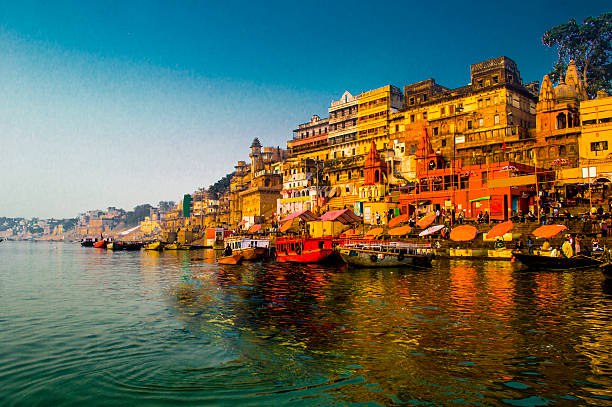
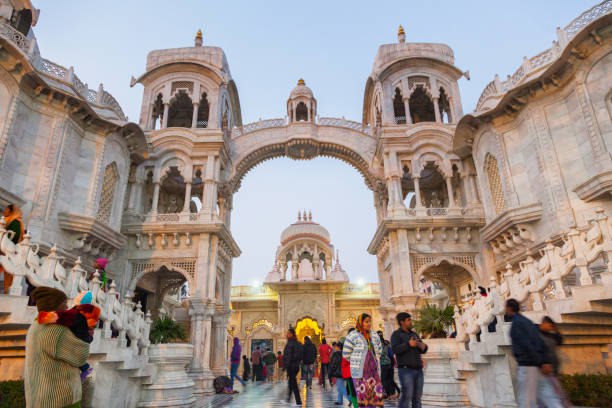
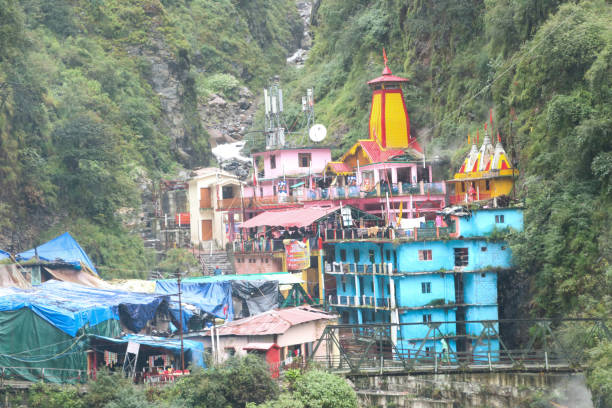
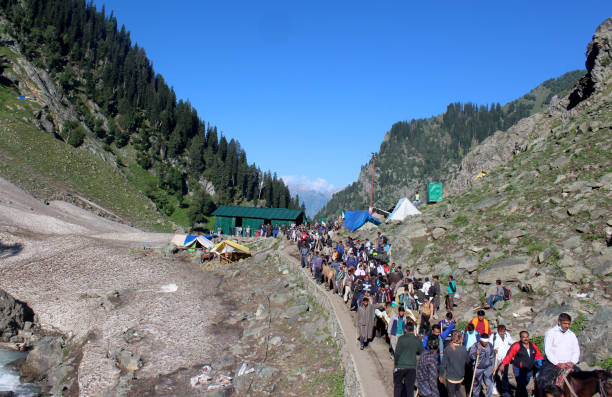
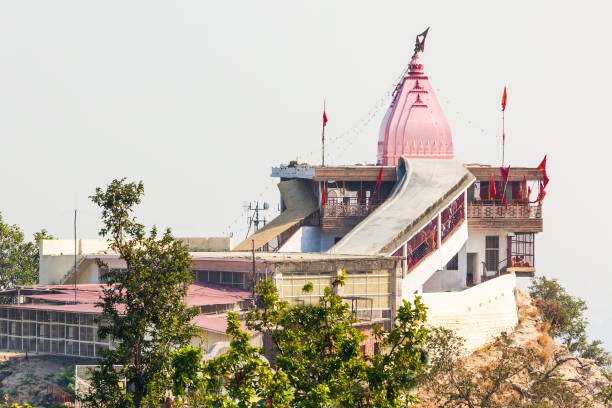
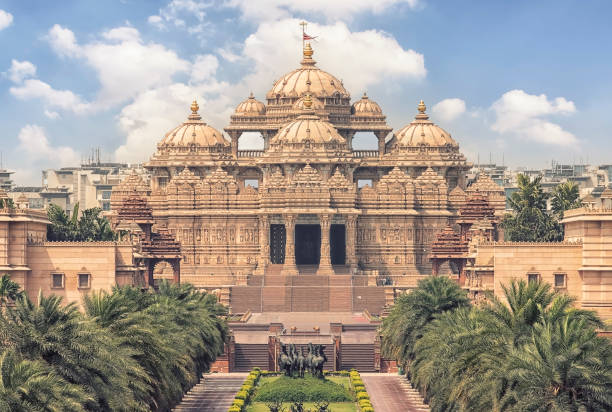
0 comments for this post